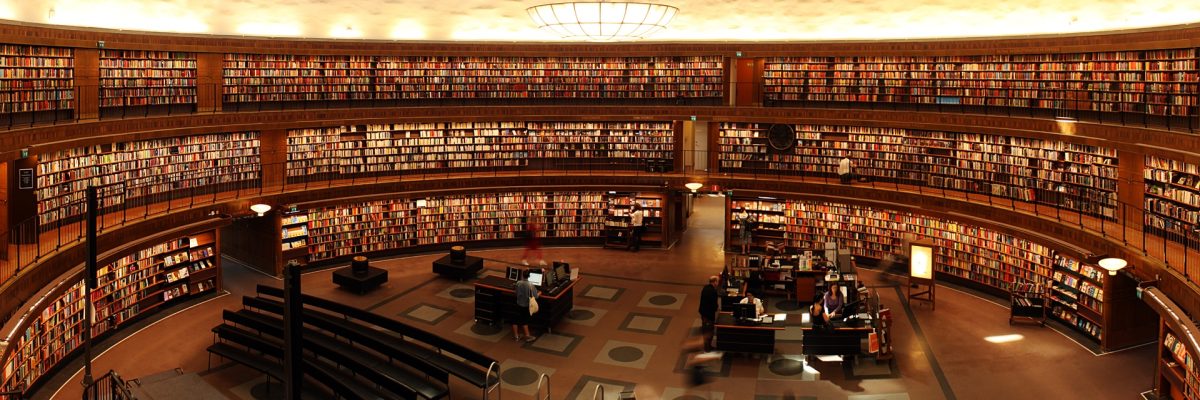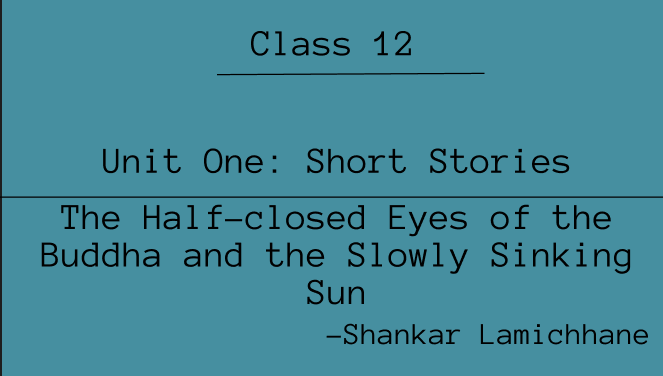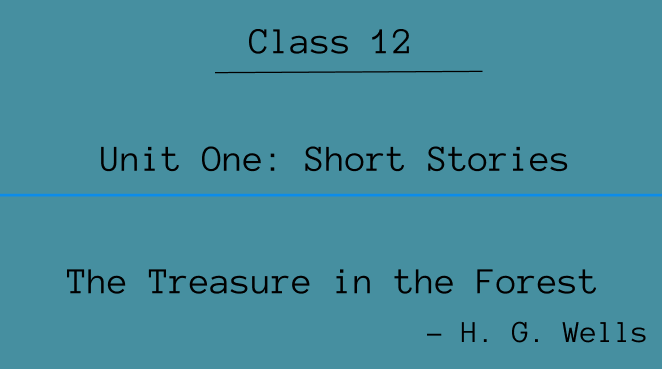The Half-closed Eyes of the Buddha and the Slowly Sinking Sun
Contents
Understanding the text
Answer the following questions.
a. How does the tourist describe his initial impression of the Kathmandu valley?
Ans: The tourist describes his initial impression of the Kathmandu valley as the earthen buildings in red, yellow and white, the aesthetic beauty of the green valley with its geometric fields, aroma of soil and mountain in the air.
b. According to the tourist, why is the West indebted to the East?
Ans: According to the tourists, the West is indebted to the East because the East have given them their Puranas, images of brass and ornaments of Ivory, manuscripts of palm leaves and inscriptions on copperplate to the West.
c. How does the tourist interpret the gaze of the monks and nuns?
Ans: The tourist interprets the gaze of the monks and nuns as a “samyak gaze” which denotes the pure perception which is known as a sigh that detects everything in its genuine form.
d. Why do the tourists think Nepali people are wonderful and exceptional?
Ans: The tourists think Nepali people are wonderful and exceptional because of their good hospitality, well-being manner and creative abilities. They feel happy to find Nepali in temple-like house, wooden images and ornaments. Beautiful images of deities and traditional musical instruments also attracted them and found exceptional and wonderful.
e. What are the different kinds of communities in the Kathmandu valley and how do they co-exist with each other?
Ans: The different kinds of communities in the Kathmandu valley are Aryans, non-Aryans, Hindus and Buddhists. They co-exist with each other with peace, harmony and the feeling of brotherhood.
f. What does the tourist feel about the temple of Adinath?
Ans: The tourist feels about the temple of Adinath as the religious tolerance and co-existence of two different traditions.
g. Why does the guide take the tourist to the remote village?
Ans: The guide takes the tourist to the remote village to show reality of the people and the problems faced by the villagers there.
h. What does the innocent village couple think of the doctor?
Ans: The innocent village couple thinks of the doctor as the rays of hope for their life who brought a life-restoring treatment across the seven seas for his brother.
i. What are the differences between the paralyzed child and his sister?
Ans: The differences between the paralyzed child and his sister are the body of the paralyzed child is useless but the body of his sister is functioning properly. Paralyzed child is unable to speak, chew the food, move his hand. The working organ of his body part i eye. But his sister is living a disease-free life. She can do whatever she wants to do like speaking, moving her hands and legs and many more.
j. Why does the guide show the instances of poverty to the tourist?
Ans: The guide shows the instances of poverty to the tourist because he wants to show the reality and problems faced and is being facing by villagers/people in the remote area, their miserable life style, their lack of security and backward in the modern technologies which makes their life full of difficulties.
Reference to the context
a. Which narrative technique is used by the author to tell the story? How is this story different from other stories you have read?
Ans: The author uses the stream of consciousness technique to tell the story. It is a storytelling technique that seeks to accurately portray a character’s thoughts.
This story is different from other stories that I have read because other stories are told or described in the first person with the narrator or persons describing the events in his own words but in this story, it is told through the monologues of two characters i.e. a foreigner tourist and a guide to Kathmandu Valley. These characters keep on expressing their views though their dialogues rather than presenting their actions or events. The story moves along with the flow of speeches of the characters using varieties of topics.
b. How is the author able to integrate two fragments of the narration into a unified whole?
Ans: The author is able to integrate two fragments of the narration into a unified world by connecting them with instances of eyes and associating them with two separate universes.
The tourist describes the Kathmandu valley as the beautiful place and Nepal as the greenery and nation of Himalayas. He narrates the historical importance, religion, cultures and traditions of the Kathmandu valley. But from the other side, the guide to Kathmandu Valley shows him the real picture and inner reality of the Kathmandu Valley and Nepal which can’t be seen by the foreigners and can’t capture it. He reveals the poverty lines, difficulties faced by people here and the diseases, hardship faced by the people in community. The foreigners only see the outer beauty but the inner pain and reality is not shown to them and be hidden from them. So here tourist only saw the outer beauty but a guide reveals and makes to see the inner pain and reality.
c. The author brings some historical and legendary references in the story. Collect these references and show their significance in the story.
Ans: The author brings some historical and legendary references in the story. These are been explained below:
-
- The eyes of the shaven-headed monks and nuns which represents “the samyak gaze” which means the pure and uncontaminated perceptions.
- The mention of Manjushri who had made a cleft in Chobhar with his sword to let out the water of Bagmati river from Kathmandu valley and make the place for living.
- Princess Bhrikuti who took each and every Nepali Item with her when King Amshuvarma sent her off to Tiber to strengthen the Nepal-Tibet relationship.
- The Half-closed eyes of Buddha and the setting sun reflected in the eyes of the Buddha represents peacefulness and harmony in the country.




